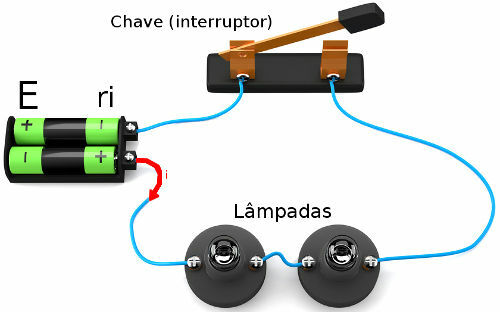In the first century, after the death of Christ, we observed the consolidation of a new religion that would spread to the four corners of the world. Despite such capacity, we know well that Christianity was not a very well-established belief since the disciples were held responsible for the spread of the new religion. The details, laws and statutes have turned into a huge field of discussion that, in fact, is still in full swing.
In the first century, the definition of Christian interpretations and practices was dropped. The main concern of this initial moment was to establish the preaching of Christianity in new territories and the expansion of existing congregations. Only in the second century do we see the development of a discussion about the date of commemoration of Easter. Already in the third century, the expansion of Christianity advanced remarkably among the Latin peoples, thus opening doors for greater divergences.
Moving forward through time, we observe that the churches controlled by Rome (West) and Constantinople (East) were distanced from issues of a theological and political nature. At various times, the councils that took place in eastern and western cities expressed different conceptions of faith. Logically, the development of these quarrels not only determined the weakening of a one Church, but also established a tense dispute of authority.
In principle, the power of influence of the Church of Constantinople was more visible, in view of the economic and political prosperity of its entire territory. Until then, Western clerics were unable to impose rules that could counteract the theoretical and political support of Eastern Christians. However, reaching the sixth century, we see that the development and expansion of the Frankish kingdom provided the necessary means for the Roman leaders to come to greater independence.
In this context of greater autonomy, Christians began to differentiate themselves in matters of faith and liturgy that were quite significant. Orientals believed that the Holy Spirit, the active force that expresses spiritual power, emanated only from the Father. That is, Christ would have an inferior position when he did not have this same gift as his creator. In contrast, Western Christians believed that the Holy Spirit was a force that emanated from both the Father and the Son, determining a condition of equality between them.
Furthermore, we can observe that the eastern religious structure was marked by a lack of boundaries between the authority of the imperial governor and the heads of the Church. Considered one of God's elect, the emperor had sufficient power and influence to discuss the appointment of his clerics. On the other hand, the Christian experience in the West took a contrary orientation, by establishing that authority over religious affairs be reserved to the actions taken by the Cardinal of Pomegranate.
The height of this difference came about when the Roman Cardinal Humbert (1015) ordered the excommunication of Michael Cellularius (1000 - 1054), patriarch of Constantinople. At that moment, the possibility of an internal conflict of power among Christians was open. However, in the year 1054, the crisis of power ended up determining the realization of the Schism of the East, which gave rise to the creation of the Orthodox Church (East) and the Roman Catholic Church (West).
In practical terms, we see that the Orthodox still follow many of the sacraments that exist in the Western Church. However, the Orientals do not allow the construction of images of carved saints. Furthermore, they do not believe that the pope is an infallible interlocutor for Christian truth or for the existence of purgatory. In this way, we observe the consolidation of another religious perspective within Christianity.
By Rainer Sousa
Graduated in History
Source: Brazil School - https://brasilescola.uol.com.br/historiag/o-cisma-oriente.htm

